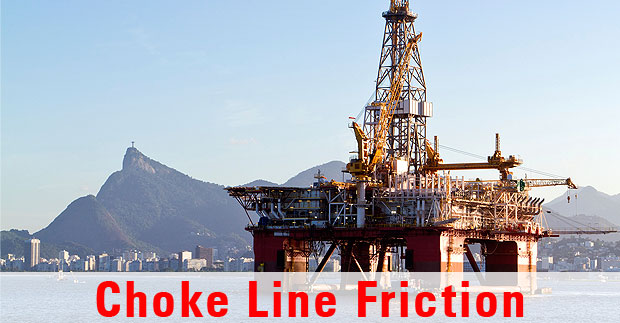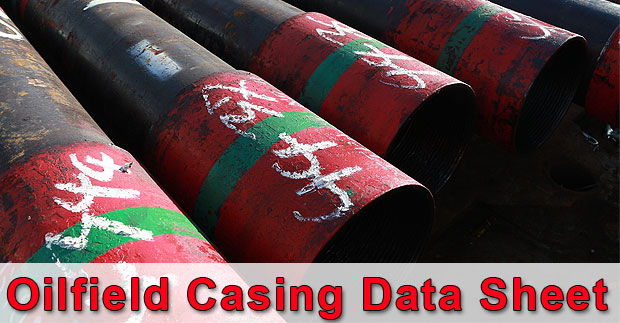This is very interesting information about the longest, deepest and largest hole ever drilled on earth. You will be amazed how people can overcome the limit of nature.

Longest Hole
In May 2008, GSF Rig 127 operated by Transocean drilled (BD-04A) in the Al Shaheen Oil Field for Maersk. It has a measured length of 40,320 feet (12.3 km) with a horizontal section of 35,770 feet (10.9 km). Maersk Oil’s well also extended the company’s previously held world record for the longest horizontal well by 9,000 feet (2.7 km). The entire horizontal section of the well is placed within a reservoir target which is only 20 feet (6 m) thick. And it was completed in 36 days. Incident free. Continue reading











